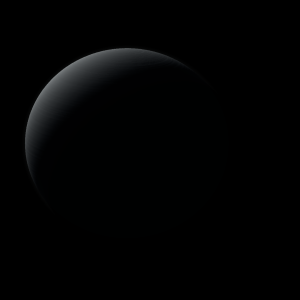|
|
Space Astro
|
Info for exoplanet "Duspa"
| Scientific (actual) data |
|---|
| Name | HAT-P-13 b |
| Planet status | Confirmed |
| Planet mass | 0.9 |
| Radius | 1.44 |
| Orbital period | 2.91641 |
| Semi major axis | 0.045 |
| Orbit eccentricity | 0.0142 |
| Inclination | 82.43 |
| Angular distance | 0.000199 |
| Discovered | 2009 |
| Updated | 2024-08-05 |
| Omega | 223 |
| Tzero tr | 2459580 |
| Tzero tr sec | 2454780 |
| Impact parameter | 0.726 |
| K | 106 |
| Temperature (kelvin) | 1700 |
| Publication | Published in a refereed paper |
| Detection type | Primary Transit |
| Mass measurement type | Radial Velocity |
| Radius measurement type | Primary Transit |
| Star name | HAT-P-13 |
| Right ascension | 129.88° |
| Declination | 47.35° |
| Mag v | 10.62 |
| Star distance | 214 |
| Star metallicity | 0.43 |
| Star mass | 1.22 |
| Star radius | 1.56 |
| Star sp type | G4 |
| Star age | 5 |
| Star temperature | 5638 |
| Wikipedia article | HAT-P-13 b |
Back
| |
| Fictional info (?) |
|---|
| Suggested name | Duspa |
| Planet type | Hot gas giant |
| As seen from HAT-P-13, in a frame of reference that rotates with the orbital motion, it appears to rotate only once every two years. |
| Atmosphere | Ozone | 24% |
| Ethane | 23% |
| Molecular hydrogen | 19% |
| Argon | 14% |
| Formaldehyde | 6.8% |
| Hydrogen chloride | 5.9% |
| Methane | 4.7% |
| Krypton | 1.5% |
| Xenon | 0.22% |
| Carbonyl sulfide | 0.00086% |
| Hydrogen deuteride (HD) | 0% |
| Atmospheric pressure | 0.28 bar |
 |
| No known satellites |
| Google search for Duspa |
|
Website by Joachim Michaelis
|
|
|
|